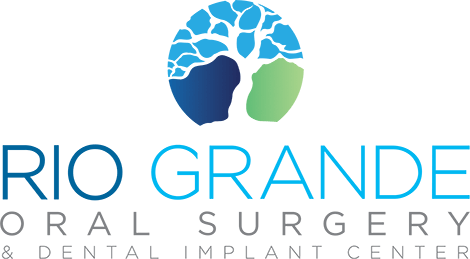Getting dental implants is a lot more involved than getting a traditional bridge or dentures, but the results are worth it. Dental implants are designed to last a lifetime and since they’re the only solution that replaces the roots of your missing teeth, you’ll have a more stable, comfortable restoration and you’ll be protected against bone loss in the jaw. Because implants address tooth loss below the gum line, they must be surgically placed and, like any surgery, there’s some downtime and recovery needed. Here’s what you need to know about dental implant healing time.
Understanding the Dental Implant Process
When we talk about how long it takes dental implants to heal, it’s useful to start by discussing the process of getting dental implants.
While there are some implant-based restorations that are performed in a single appointment, the traditional implant process involves a few visits to our office. Implant-based restorations have three parts: the implant itself, the prosthesis (a crown, bridge, or denture), and an abutment that connects the two.
Placing the dental implant is the first step in the process; next, the abutment is placed. Finally, the prosthesis is attached to the abutment and your restoration is complete.
Healing From Dental Implant Surgery
Most patients are surprised to find that their dental implant placement has a much easier recovery than they anticipated. The recovery from dental implant surgery is usually less painful and uncomfortable than that of a tooth extraction. You’ll likely be able to return to work the next day if your job isn’t physical; you may have some bruising, swelling, and tenderness, but this can be managed with over-the-counter pain medications.
Even if you’re able to go back to work the next day, you’ll still have to follow our aftercare instructions to ensure a successful outcome. Don’t eat foods that could interfere with healing or irritate the surgical site and avoid strenuous activities. After two weeks, you should have healed enough to feel back to normal again.
Osseointegration
While the surgical site will heal after a few weeks, there’s a more important healing process going on beneath the gum line. This process is called osseointegration, which happens when your jawbone and your dental implants fuse together to form a solid base of support for your restoration.
Osseointegration can take several months, but it’s important not to rush the process, as it can make the difference between a successful dental implant placement and dental implant failure.
Abutments and Restorations
Once we’ve determined that osseointegration has occurred, the next step in the process is abutment placement. This involves making a small incision in order to access your dental implant, so there is another two weeks of recovery time to allow your gums to heal. Once the gum tissue has healed, your restoration can be placed.
Learn More About Dental Implants
If you’d like to learn more about the process of getting dental implants, contact us today at 505-821-2111 to schedule an appointment for a consultation.

